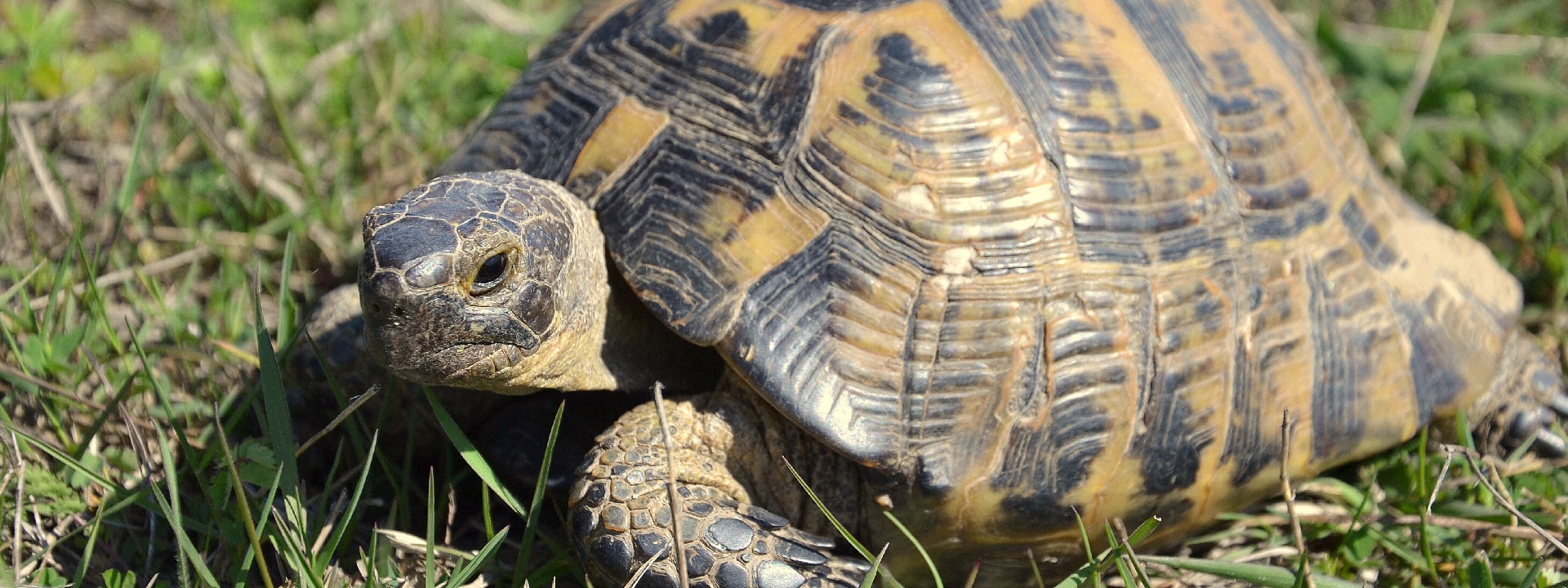This tortoise is found in south and east Europe, as well as in North Africa. On the Iberian Peninsula it only lives in the Guadalquivir marshes and in the semi-arid south-east part of the country. The 3 Spanish regions where it can be found are: Mallorca, Doñana National Park, and Murcia/Almería.
It is considered to be at risk of extinction, the main threats to its survival are the destruction and the fragmentation of its habitat, and poaching to sell them as pets.
It is important to know that:
– For years, it has been a crime to sell these animals.
– Since 2015, it has also been a crime to keep a spur-thighed tortoise as a pet.



